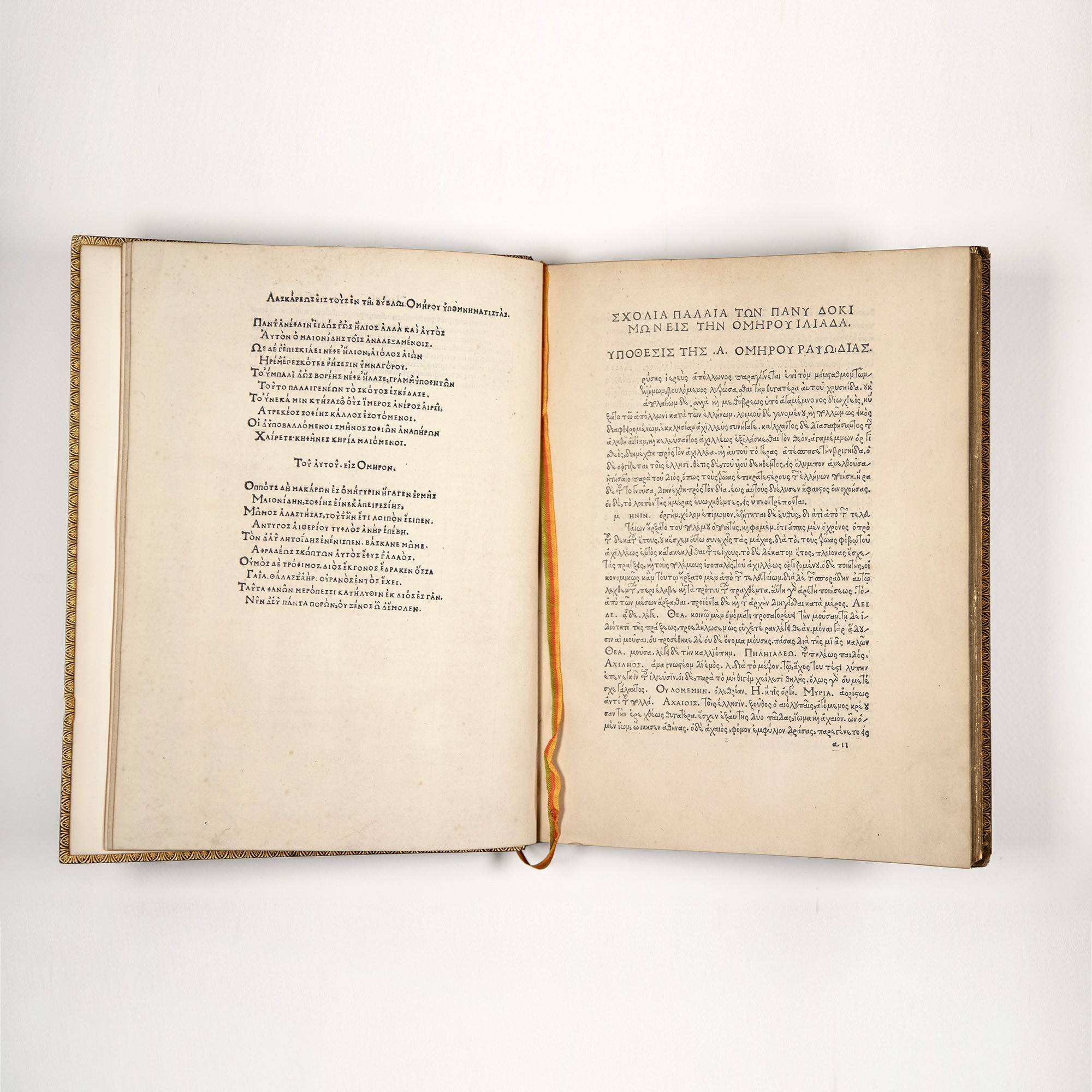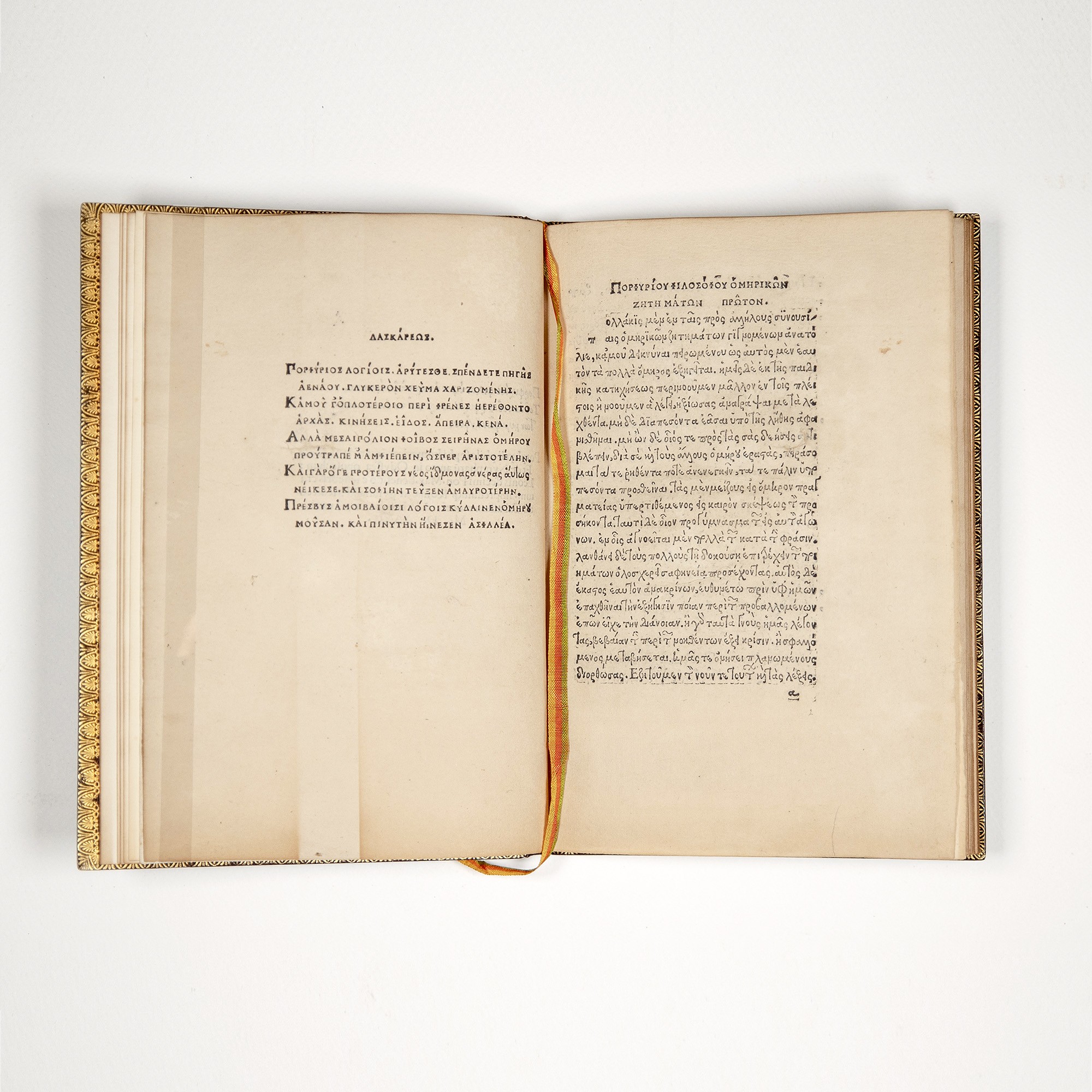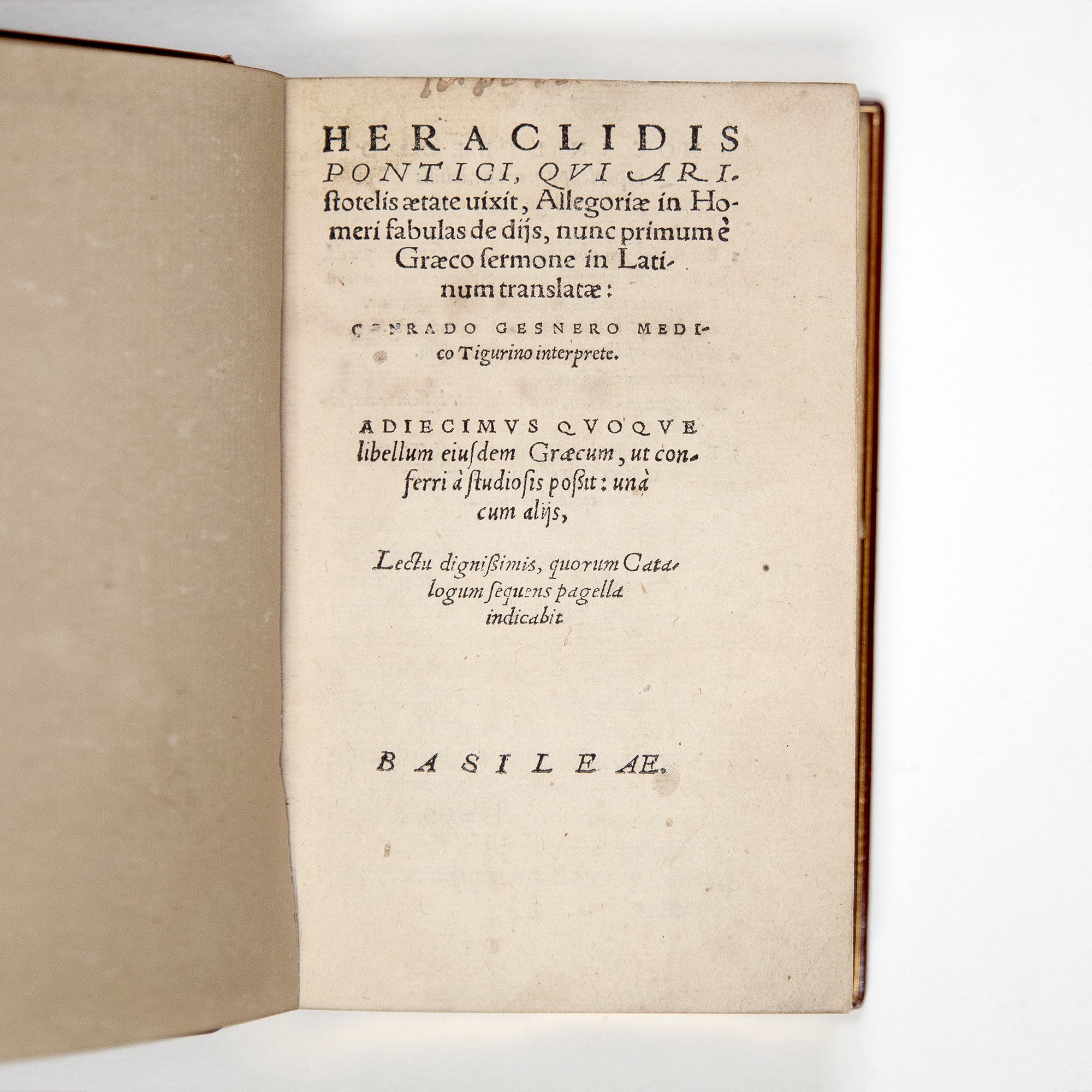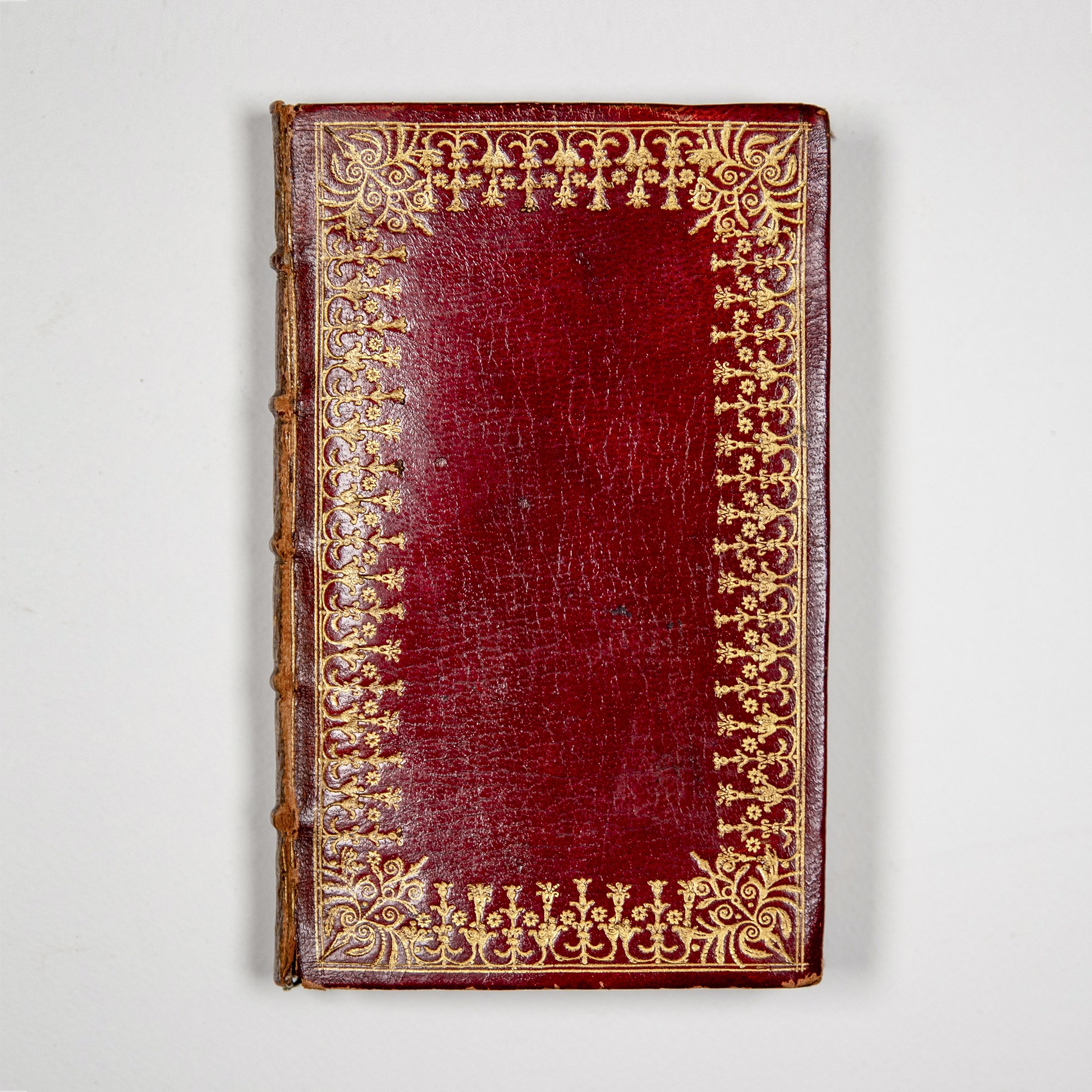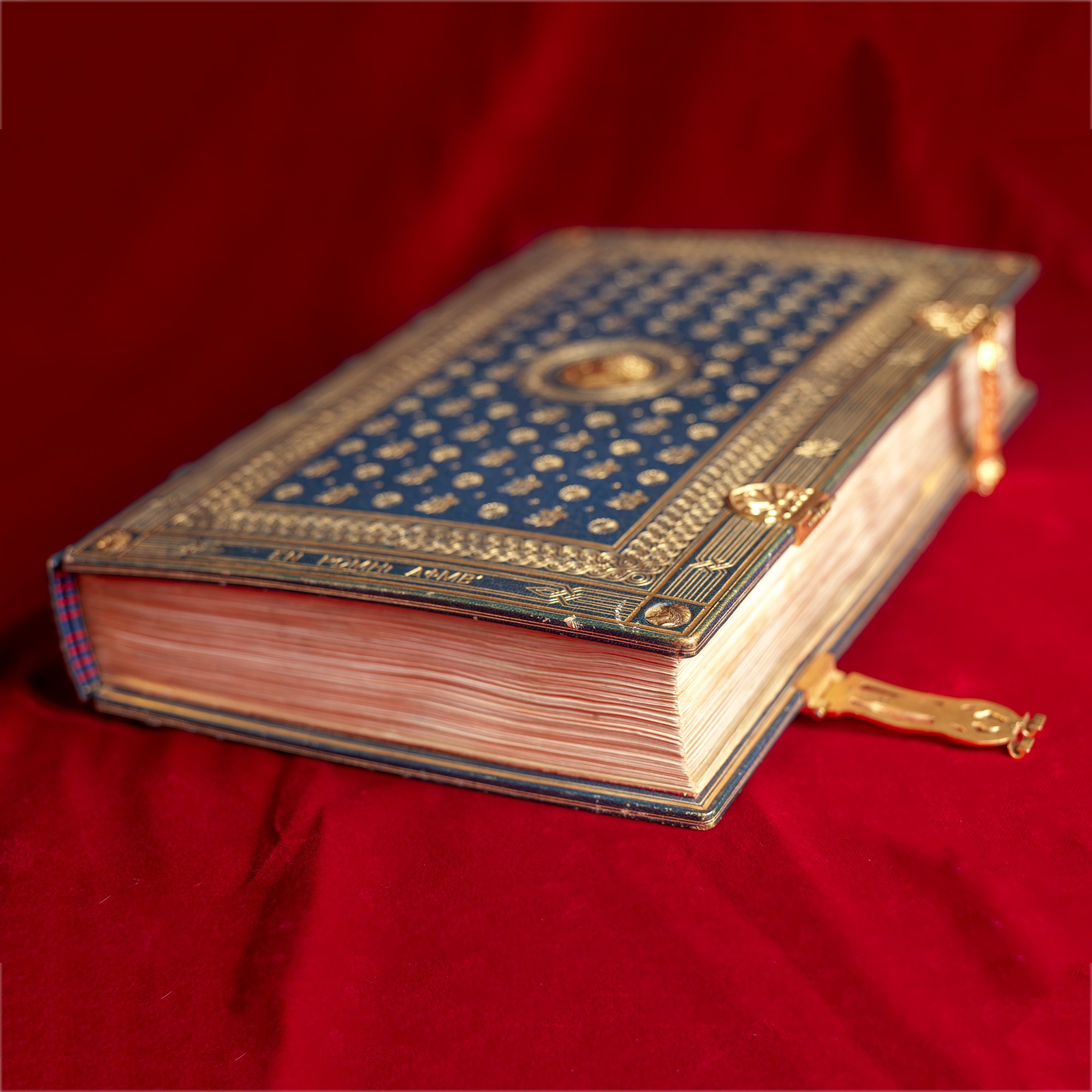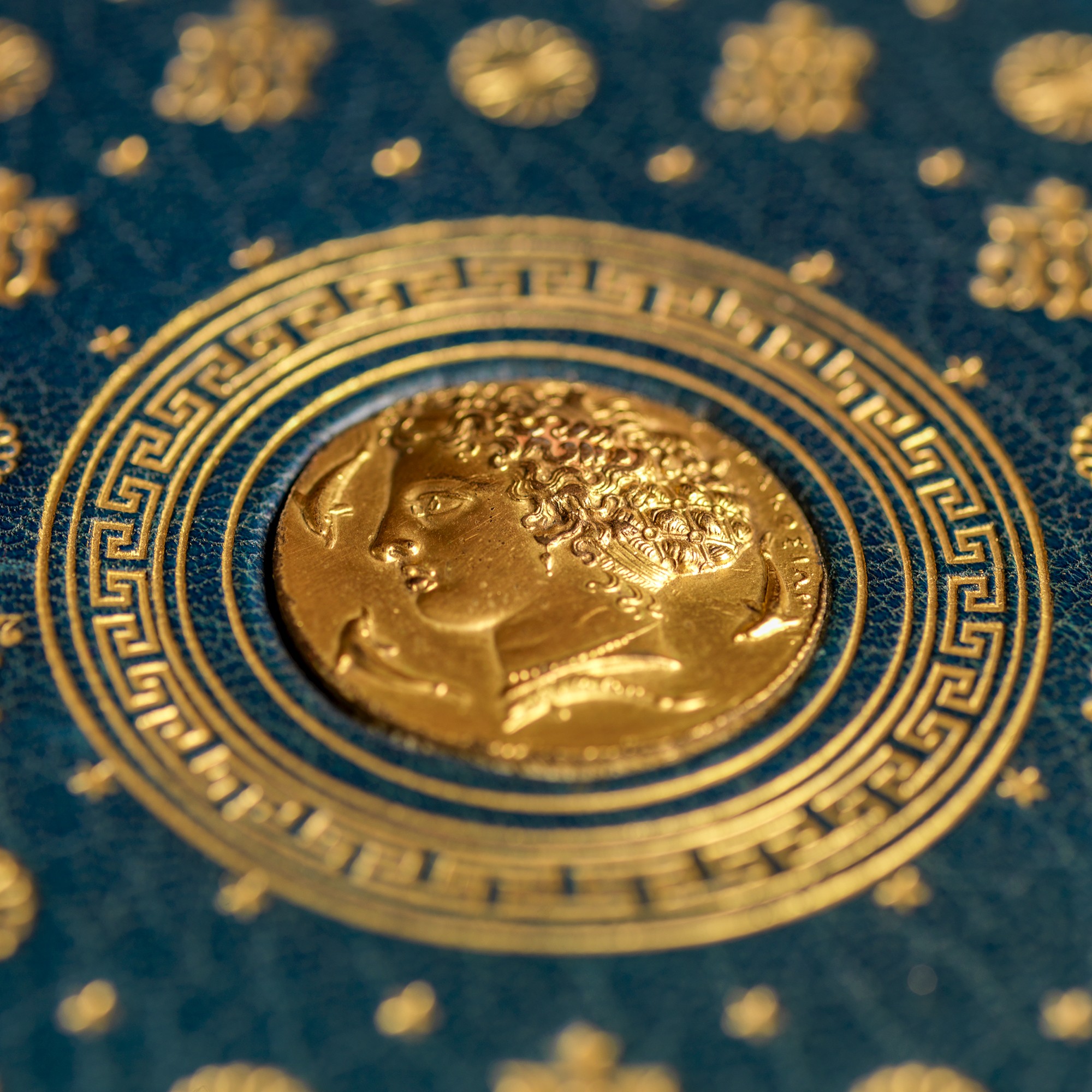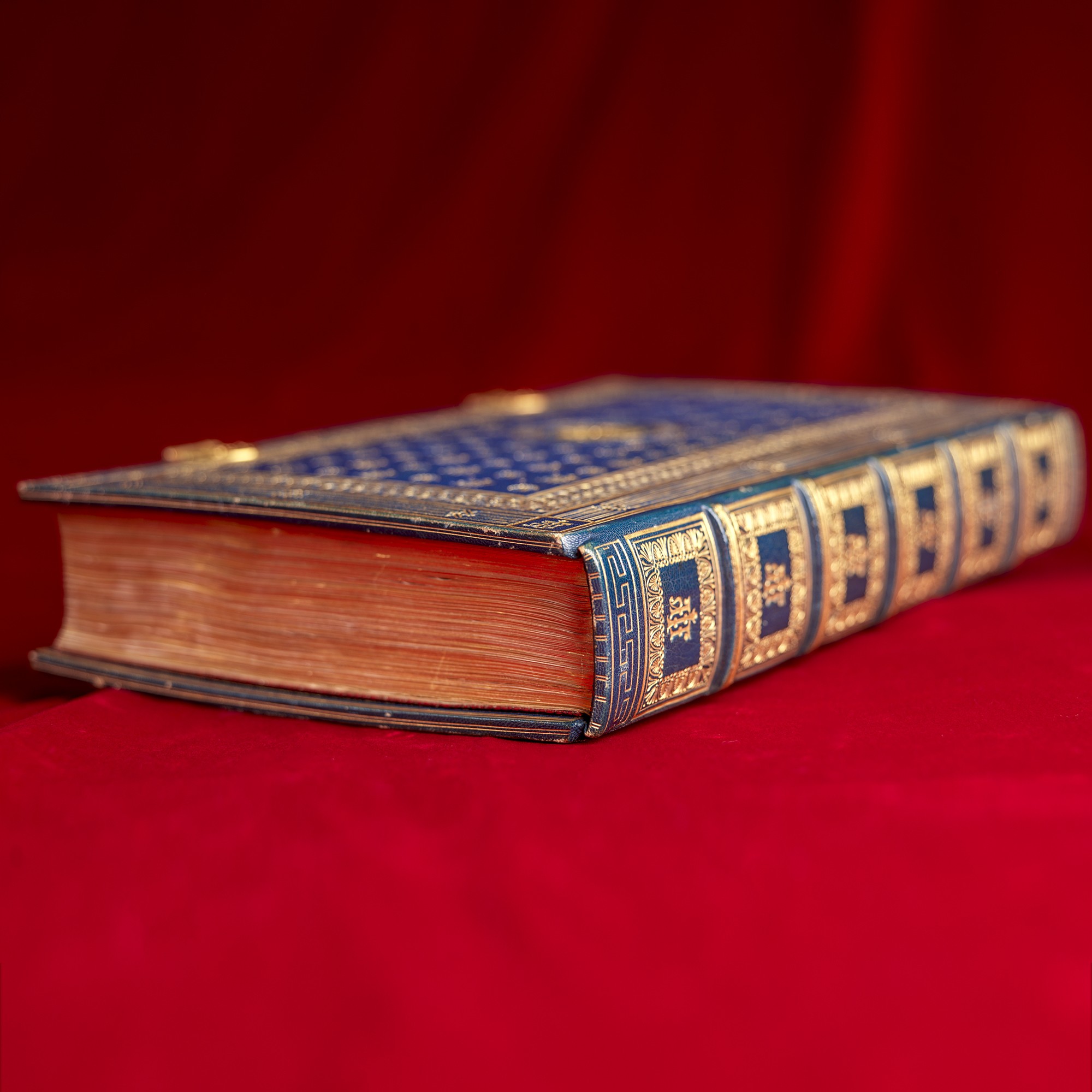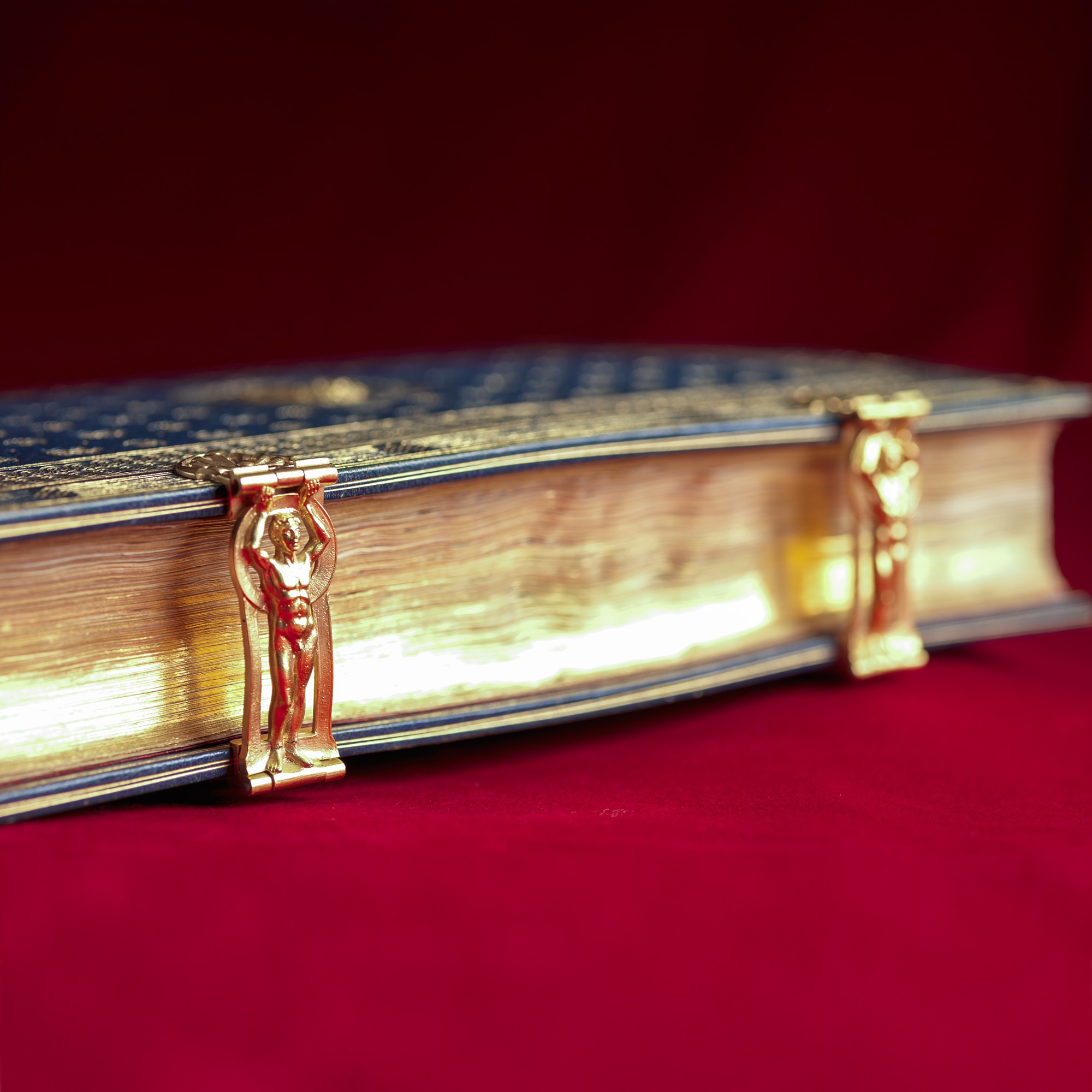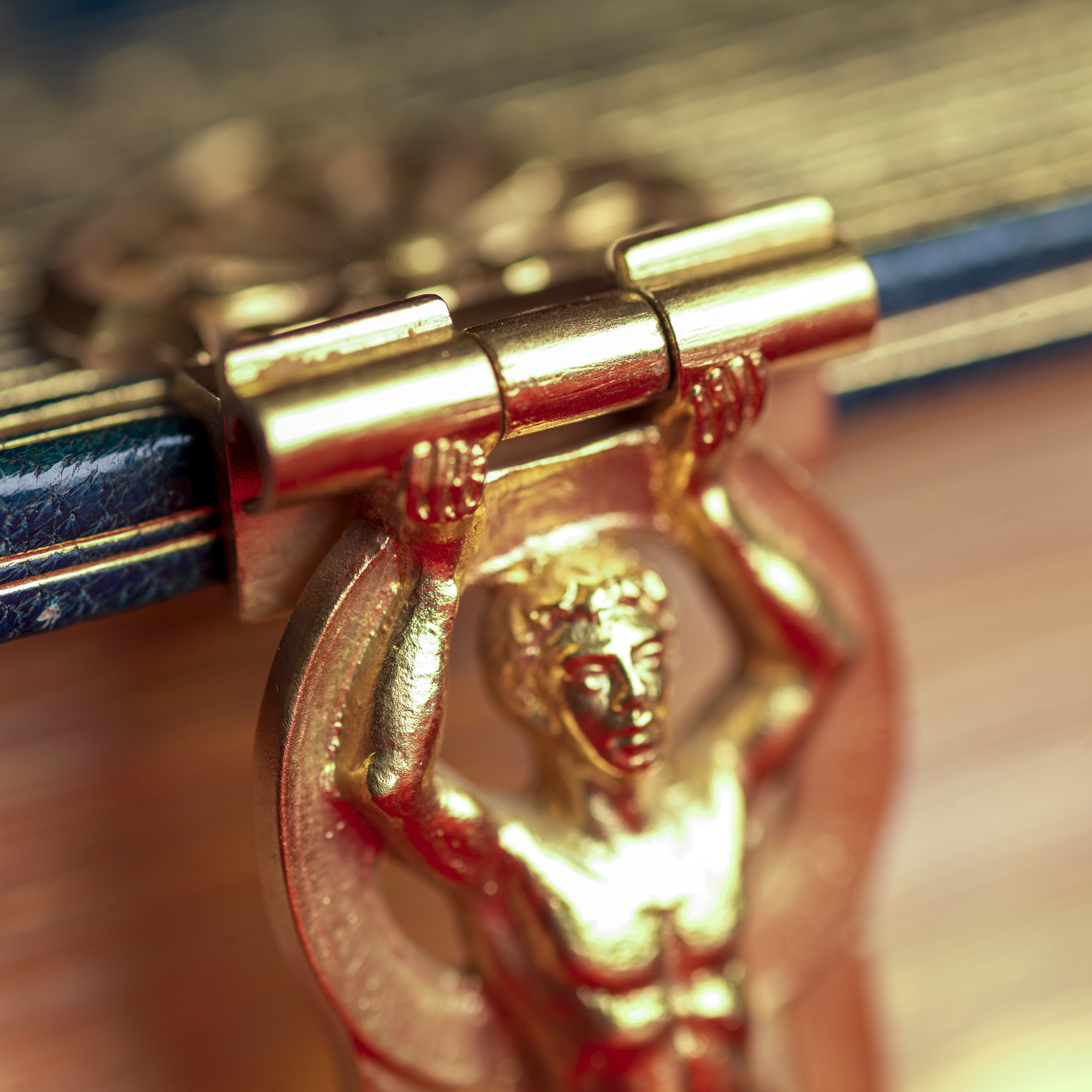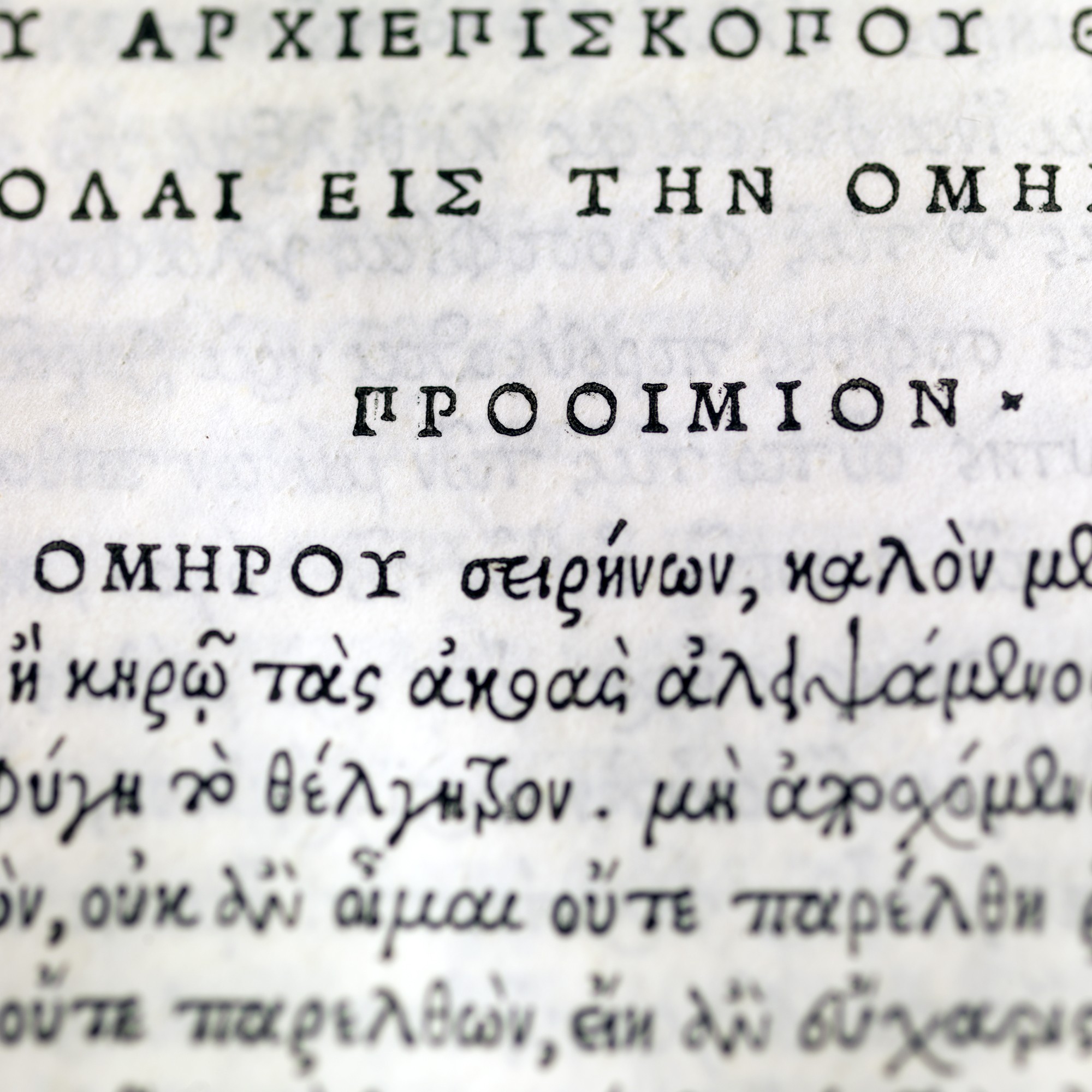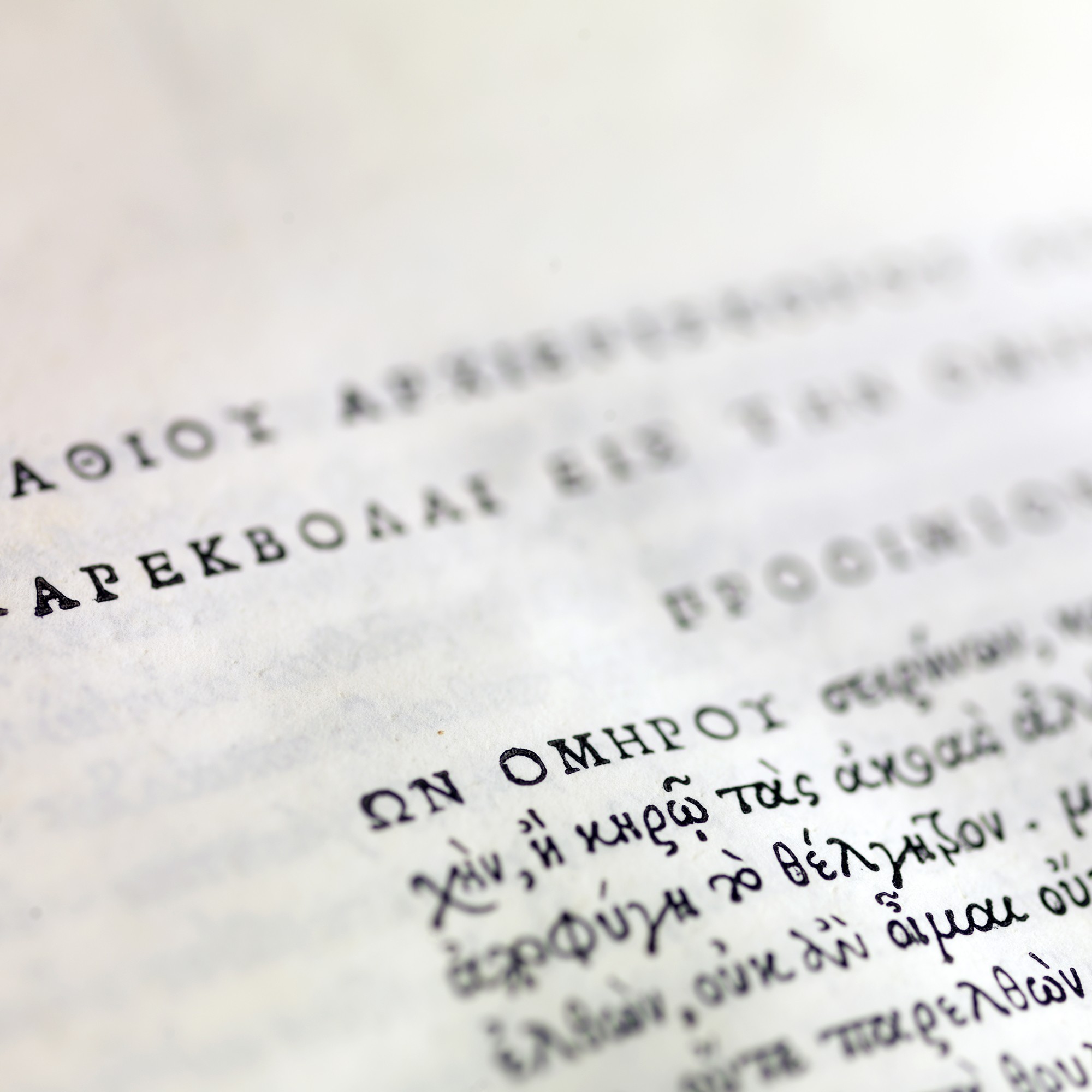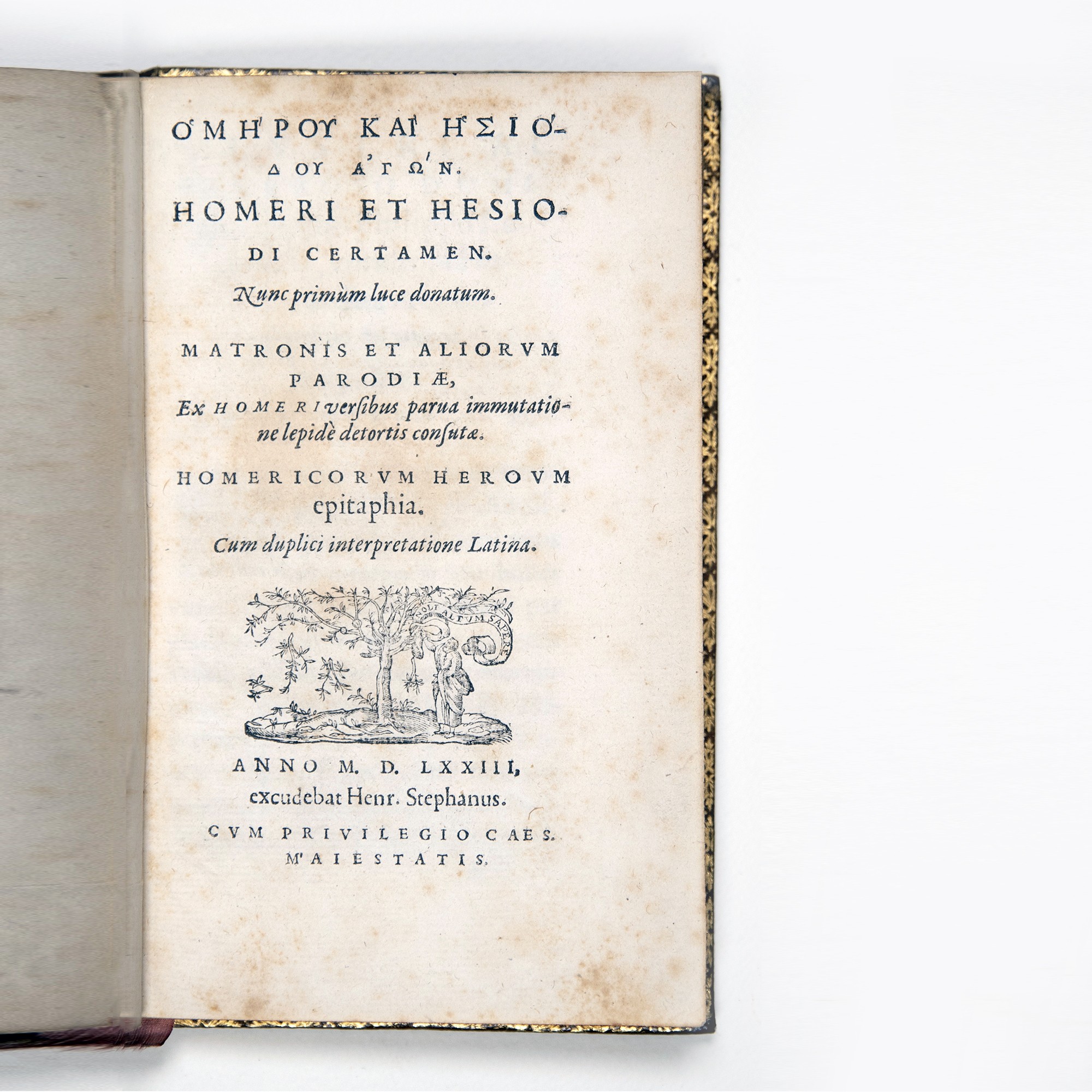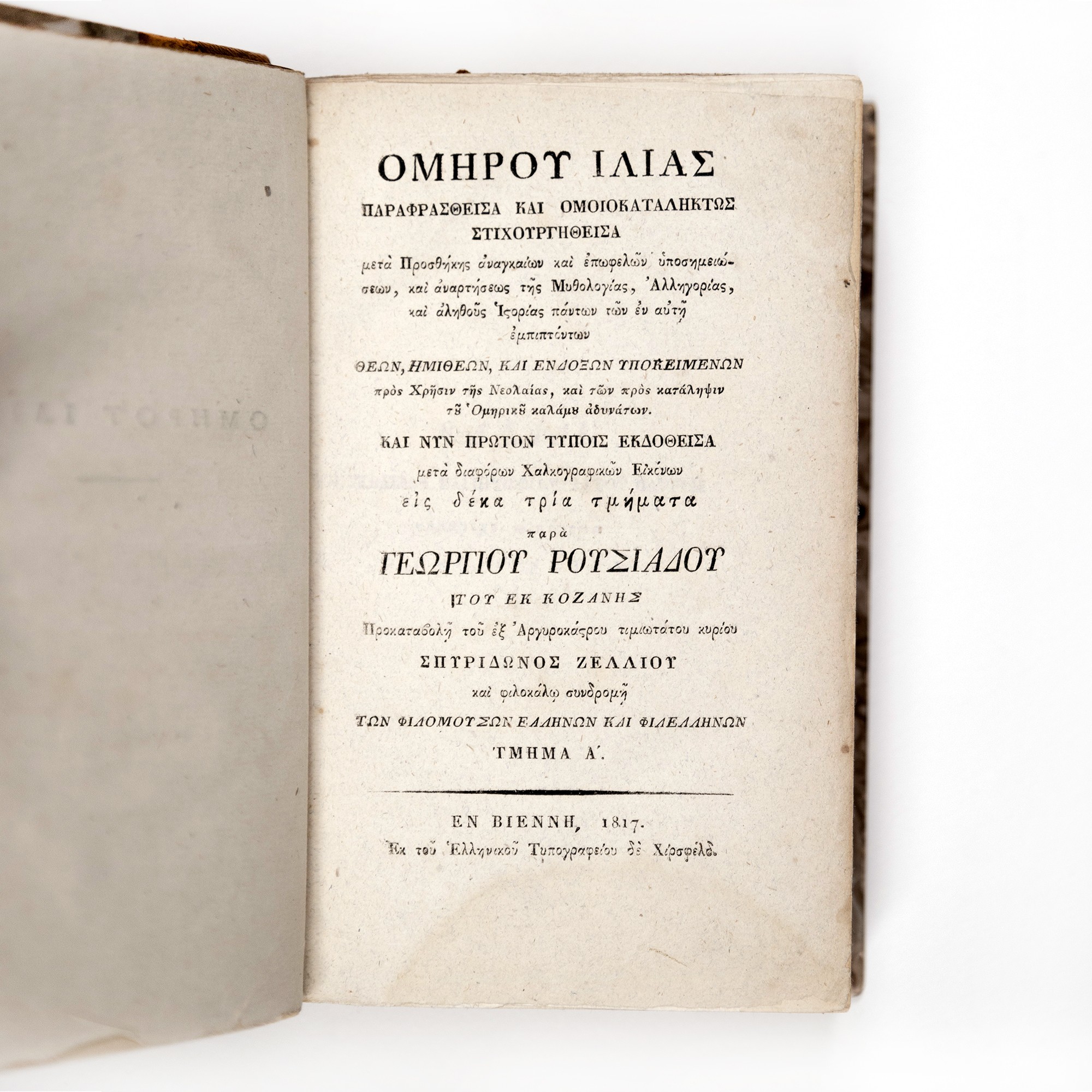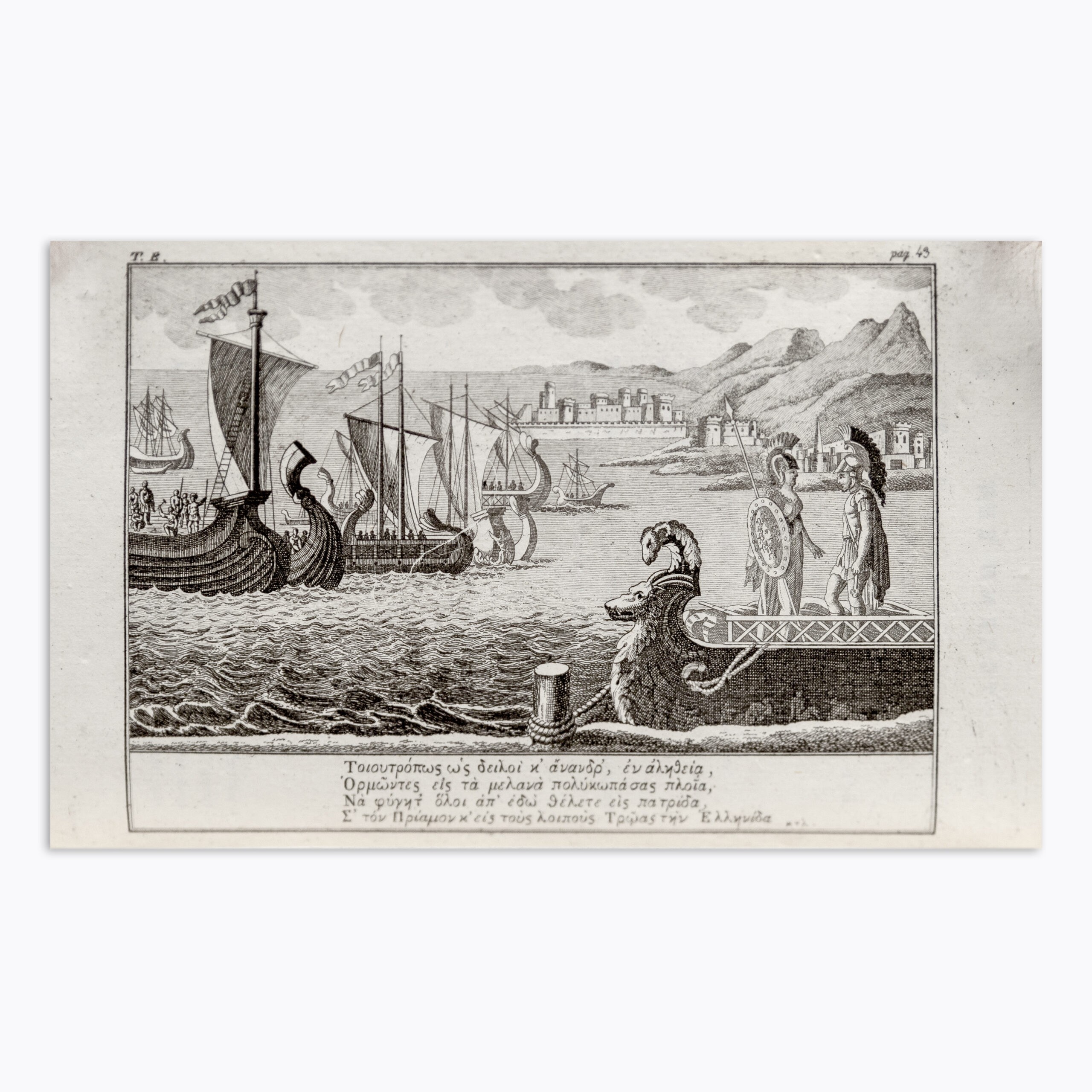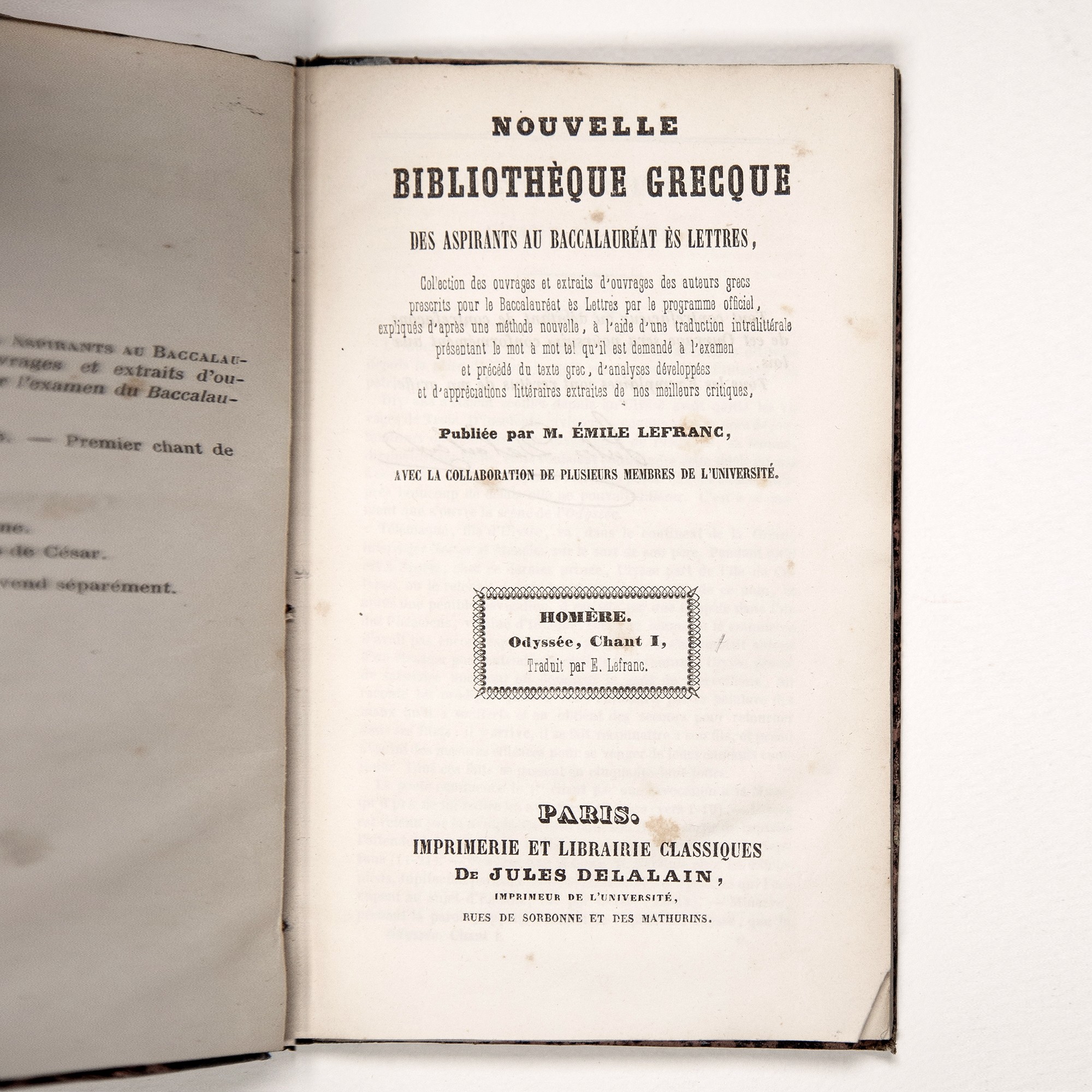Homeric Epics: Study, Commentaries, and Teaching
The reconstruction of the original Homeric text and the commentaries on the texts have been a field of study since antiquity. In Hellenistic Alexandria, philologists compared Homeric manuscripts in order to arrive at a text free of errors and verse additions. Scholarly commentaries in the margins of the Homeric poems (marginalia) covered a wide range of topics, alternative readings, critical explanation, and interpretation of the texts.
Σχόλια παλαιὰ τῶν πάνυ δοκίμων εἰς τὴν Ὁμήρου Ἰλιάδα.
Ἐτυπώθη ἐν Ρώμῃ: παρὰ τὸν Κυρίνου λόφον,
ἐν τῆ οἰκίᾳ Ἀγγέλου τοῦ Κολλωτίου, 1517.
First and rare edition of the Scholia (commentaries) on Iliad attributed to the Greek scholar and grammarian Didymus Chalcenterus (63 BC – AD 10). The edition was edited by Janus Laskaris (1445-1534) who also designed the typographic characters in Florence. The book was published in the printing house of the Hellenic Gymnasium founded by Pope Leo I in 1514 in Rome and operated under the care of the Italian philologist and humanist Angelo Colocci (1467-1549).
Πορφυρίου φιλοσόφου Ὁμηρικὰ ζητήματα. Τοῦ αὐτοῦ Πορφυρίου Περὶ τοῦ ἐν Ὀδυσσείᾳ τῶν νυμφῶν ἄντρου. Porphyrii philosophi Homericarum quaestionum liber. Et De nympharum antro in Odyssea opusculum. Romae: in Gymnasio Mediceo ad Caballinum Montem, 1518.
Text edited by Janus Lascaris. A commentary by the Neoplatonic philosopher Porphyry (Porphyry of Tyre, 234-305) on eleven verses from Book 13 of the Odyssey, in which Homer describes the cave of the water-nymphs or Naiads on the island of Ithaca. The “Gymnasium Mediceum ad Caballinum Montem” was the Greek Gymnasium founded by Pope Leo Χ in 1514 in Rome with
the aim of strengthening Greek studies and printing classical Greek texts, under the guidance of the Greek scholar Janus Lascaris (1445-1534) and his student Marcus Musurus (1470-1517).
Heraclidis Pontici, qui Aristotelis aetate vixit, Allegoriae
in Homeri fabulas de dijs, nunc primum e Graeco sermone
in Latinum translatae, Conrado Gesnero. Basileae:
[ex officina Ioannis Oporini, 1544].
Homeric allegories by the fourth century Greek Platonic philosopher Heraclides Ponticus. Printed in Basel by the Swiss humanist printer Johannes Oporinus (Johannes Herbster or Hans Herbst, 1507-1568).
Διδύμου τοῦ παλαιοτάτου εἷς τὴν Ὀδύσσειαν ἐξήγησις.
Didymi antiquissimi auctoris Interpretatio in Odyssea.
Venetiis: In aedibus Aldi, et Andreai Asulani, 1528
First edition (editio princeps) of the Scholia (commentaries) on Odyssey
attributed to the Greek scholar and grammarian Didymus Chalcenterus
(63 BC – AD 10). The work was edited in Venice by the printer Andrea Torresano (1451-1529), associate of Aldo Manuzio.
Εὐσταθίου ἀρχιεπισκόπου Θεσσαλονίκης παρεκβολαὶ εἰς τὴν Ὁμήρου Ἰλιάδα καὶ Ὀδύσσειαν μετὰ εὐπορωτάτου καὶ πάνυ ὠφελίμου πίνακος. Romae: apud Antonium Bladum impressorem cameralem, 1542-1550.
First edition (editio princeps) of the commentaries on the Iliad and the Odyssey by the Byzantine scholar and cleric Eustathius of Thessalonica (c. 1115-1195/6). Α very important collection of excerpts from the works of earlier commentators on Homer.
Extremely rare copy printed on parchment that reflects the collecting spirit of Joannes Gennadius. Ornate 20th century binding by W. T. Morrell in blue morocco leather and rich gilt decoration with monogram and Ex-libris of Joannes and Anthi Gennadius.
Ὁμήρου καὶ Ἡσιόδου ἀγών
Geneva: excudebat Henr. Stephanus, 1573.
Edition of The Contest of Homer and Hesiod, an imagined poetical agon between Homer and Hesiod. It Also contains the life of Homer by Herodotus of Halicarnassus and by Plutarch and a preface by Henri Estienne. Printed in Geneva by the French printer, philologist, Hellenist, and humanist Henri Estienne (Henricus Stephanus, 1531-1598).
Ὁμήρου Ἰλιάδος ἐξάμετρος ἁπλοελληνικὴ
μετάφρασις πρὸς χρῆσιν τῶν σχολείων
καὶ τῶν παρθεναγωγείων, ὑπὸ Β. Ἀποστολίδου.
Ἐν Ἀλεξανδρείᾳ: Penasson, V., 1888.
Schoolbook for the teaching of Homer in Greek schools of Alexandria. With a handwritten letter by the physician and translator Vassilios Apostolidis
(1827 -1910).
Ὁμήρου Ἰλιὰς παραφρασθεῖσα καὶ ὁμοιοκαταλήκτως στιχουργηθεῖσα […] παρὰ Γεωργίου Ρουσιάδου.
Ἐν Βιέννῃ: Ἑλληνικὸ τυπογραφεῖο Χιρσφέλδ, 1817-1819.
First edition of the paraphrase of Homer’s Iliad by George Rousiadis,
published in thirteen volumes with rich illustrations. George Rousiadis
(1783-1852) was a member of the Philike Hetaireia and a scholar.
He worked as a teacher in the Greek communities of Vienna and Pest.
